Your vital organs—screened
Scan your body for potential cancer and 500+ conditions in up to 13 organs.




Our scan is designed to















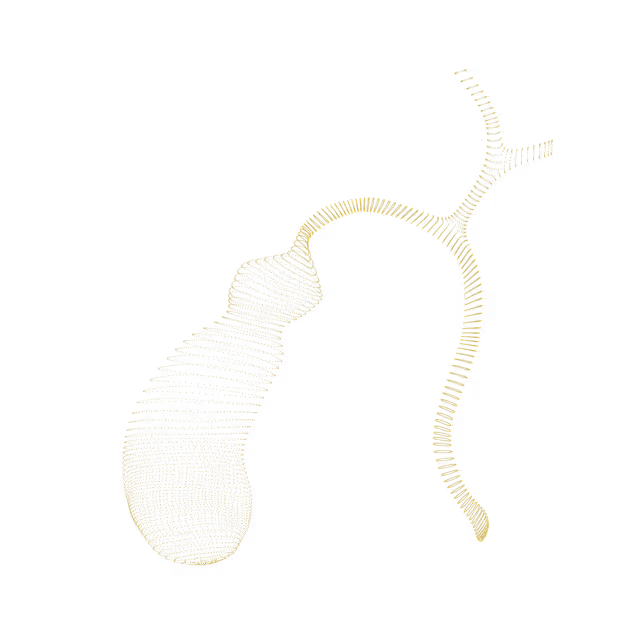
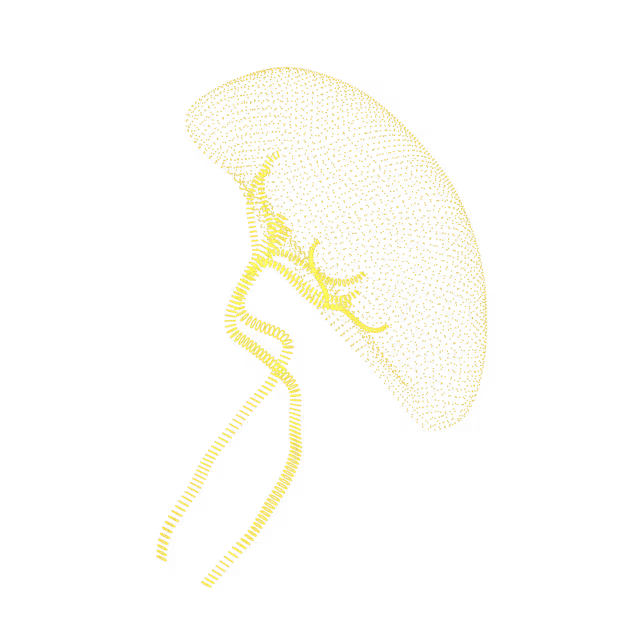

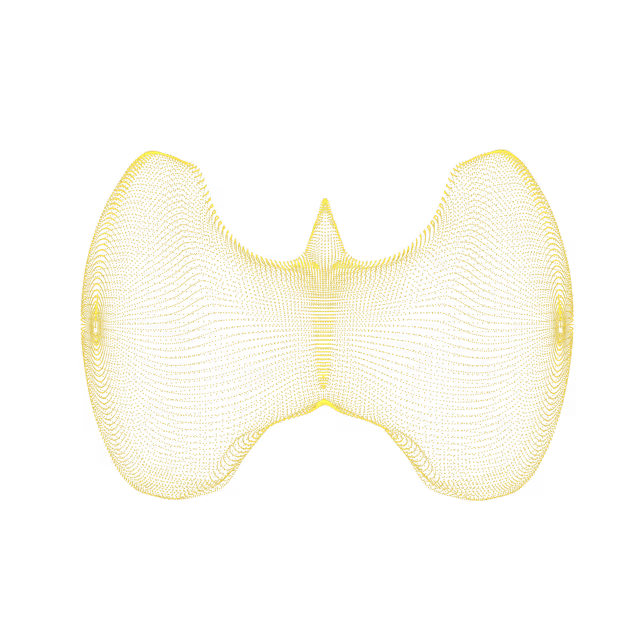

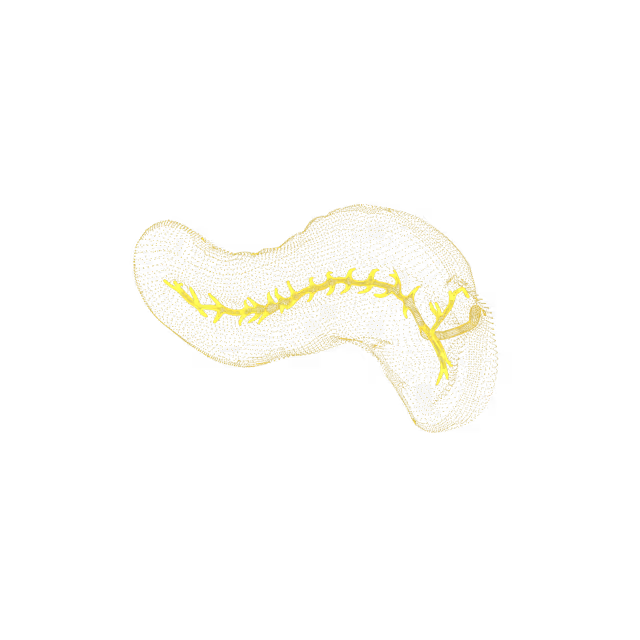
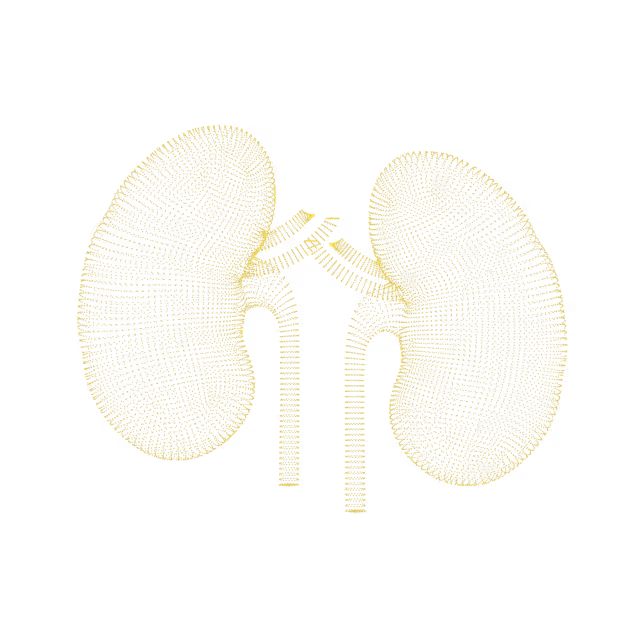
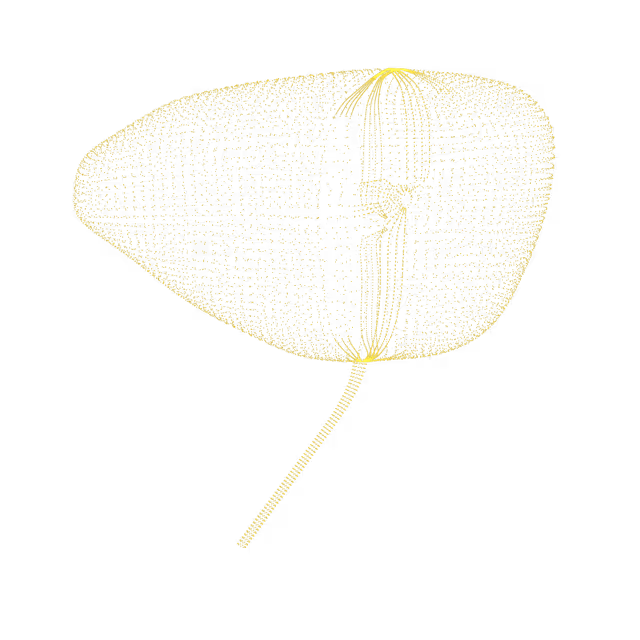
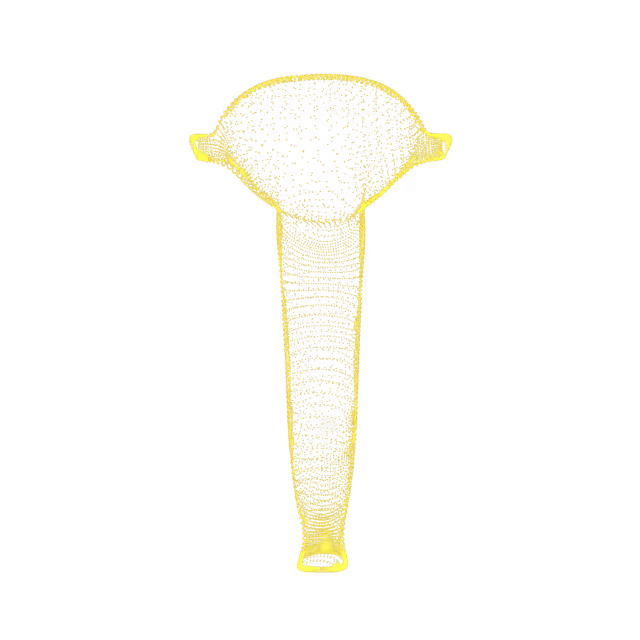
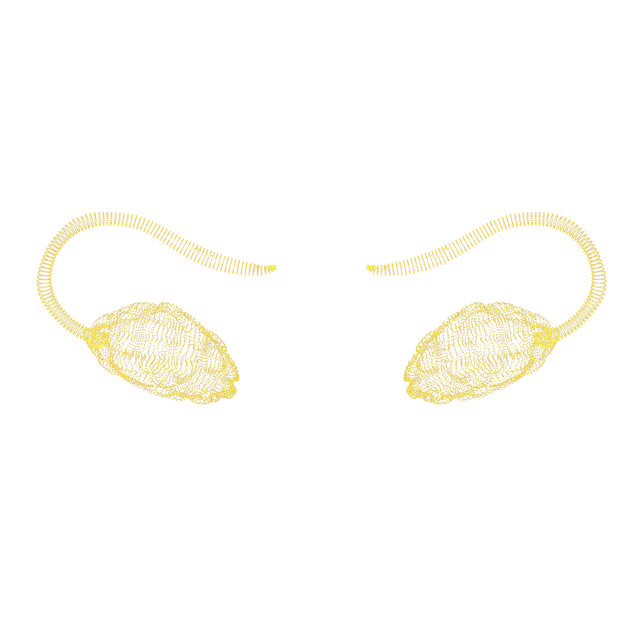
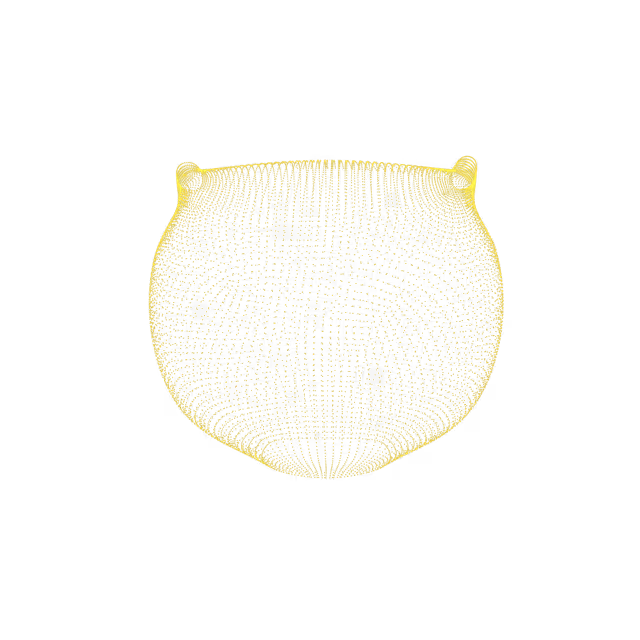

The ovaries are a pair of organs in the female reproductive system. They are located in the pelvis, one on each side of the uterus (the hollow, pear-shaped organ where a fetus grows). The ovaries produce eggs and female hormones (chemicals that control the way certain cells or organs function).Ovarian atrophy (a decrease in ovarian size and weight) is a normal change to an ovary as a woman ages and goes through menopause. Follow-up is not indicated for this finding.
Women have two ovaries - each about the size and shape of an almond - on each side of the uterus. Ovarian cysts are fluid-filled sacs or pockets inside an ovary or on its surface. Many women have ovarian cysts at some time in their lifetime. Most ovarian cysts present little or no discomfort and are harmless.
The ovary was not seen on the MRI images which is consistent with a history of surgical removal of the ovary (oophorectomy).
Women have two ovaries - each about the size and shape of an almond - on each side of the uterus. A paraovarian cyst is a collection of fluid near the ovary, and is a remnant of embryonic development. This is usually asymptomatic (does not cause symptoms), but can cause pelvic pressure or pain.
An ovarian teratoma is a benign congenital germ cell tumour. Teratomas contain elements from all three embryological layers: endoderm, mesoderm and ectoderm. They contain different tissue types, including, fat, cystic fluid, skin, soft tissues, hair and sometimes calcification including teeth.
Polycystic ovaries is an abnormally high number (more than 12) of visible follicles in the ovaries. It is referred to as polycystic ovarian morphology (PCOM). This can also cause the ovaries to appear large in size. This condition is associated with polycystic ovary syndrome (PCOS) but is not the only criteria required or necessary to be diagnosed
Ovarian tumors are abnormal growths on the ovaries, the female reproductive organs that produce eggs. Ovarian tumors can be noncancerous (benign) or cancerous (malignant). Many things can make you more likely to develop an ovarian tumor.
An ovarian fibroma is a rare, benign tumor of the ovary. Most commonly found in women in their 50s during perimenopause (transition to menopause) or postmenopause, ovarian fibromas account for approximately four percent of all ovarian tumors.
Lymph nodes filter substances that travel through the lymphatic fluid, and they contain lymphocytes (white blood cells) that help the body fight infection and disease. There are hundreds of lymph nodes found throughout the body. The perirectal lymph nodes are located around the rectum and drain parts of the colon and the upper part of the rectum. Sometimes lymph nodes are noted on imaging to be prominent (enlarged). Anything that causes inflammation can cause enlarged lymph nodes, including viral and bacterial infections. Usually enlarged lymph nodes do not cause symptoms, are self-resolving and do not need any further follow-up. If symptoms are present they could include abdominal/pelvic pain and/or weight loss.
Small amounts of free fluid in the pelvis is a normal finding in healthy men without symptoms (e.g. abdominal/pelvic pain) or known abdominal/pelvic disease. However, small amounts of free fluid in the pelvis can also be present in men with known abdominal/pelvic conditions such as abdominal/pelvic infections, inflammation of the inner abdominal wall lining (peritonitis), liver cirrhosis and cancer.


© 2025 Ezra